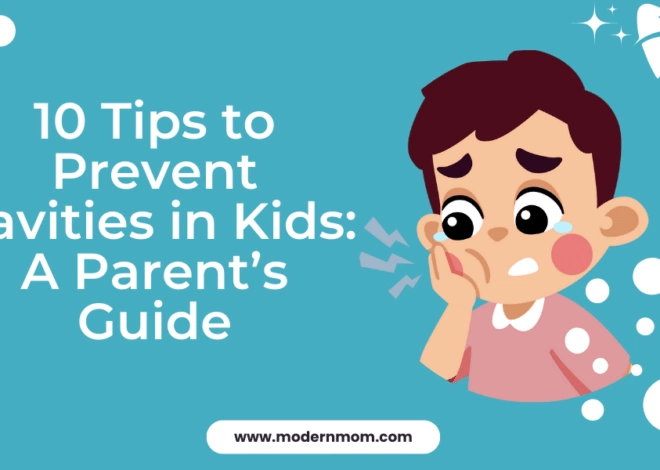High levels of bad cholesterol are linked to certain medical conditions, such as stroke, heart attack and heart disease. While a large component of poor cholesterol levels is related to genetic makeup, that does not leave you powerless. By limiting your cholesterol intake, you give yourself a chance at a longer, healthier life. To limit your cholesterol intake effectively, it is important to understand what you need to avoid eating and also what to eat so that you will be left feeling satisfied.
Step 1
Limit your dietary cholesterol. In most people, the liver will produce all the cholesterol your body needs. When you consume cholesterol in your diet, your body has to process it. Only limited amounts of this dietary substance are able to be processed completely. For this reason, it is suggested by the American Heart Association (AHA) that a healthy person eats no more than 300mg of dietary cholesterol a day, 200mg if you have heart disease.
Step 2
Eliminate trans fats from your diet. Cholesterol comes from more than just plain dietary cholesterol. Trans fats are among the nastiest contributors to unhealthy cholesterol levels. To ensure your health, read your food labels and avoid fried foods that come without nutritional labels.
Step 3
Replace saturated fats with unsaturated fats. The Centers for Disease Control (CDC) report that saturated fats typically raise blood cholesterol levels. However, unsaturated fats can actually lower these levels. Both monounsaturated and polyunsaturated fats share this benefit.
Step 4
Eat more fruits and veggies. The AHA insists that dietary cholesterol is only found in animal sources, like red meats and dairy products. Replacing a few animal products with plant products will help reduce the amount of cholesterol you consume.
Step 5
Consume more whole grain foods. Grains do not contain cholesterol. Whole grains, however, have added benefits. They are high in fiber, meaning they are great for overall heart health, lowering cholesterol and filling you up so you will be less tempted to eat the unhealthy foods you sometimes crave.
Step 6
Enjoy more foods rich in omega-3 fatty acids. The Mayo Clinic reports that omega-3s reduce bad cholesterol levels. For the most part, these fatty acids can be found in fish. Since you should limit your red meat intake, replacing meat with fish may help the transition. However, if you are not a fan of fish, you can also get cleansing omega-3s from nuts and seeds.
Warnings
- If you have a family history of heart disease and high cholesterol, dietary changes may not be enough to make a difference. Speak with your physician to ensure your good health.
Photo Credit
- eating sandwich image by Adam Borkowski from Fotolia.com





